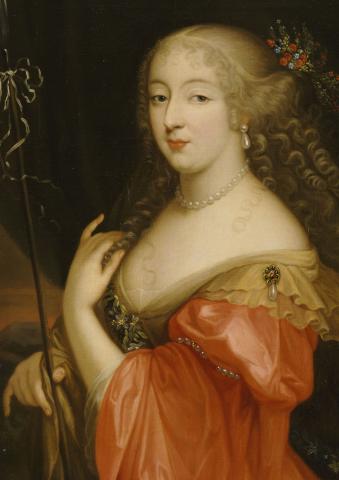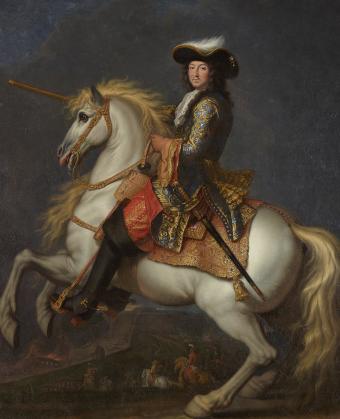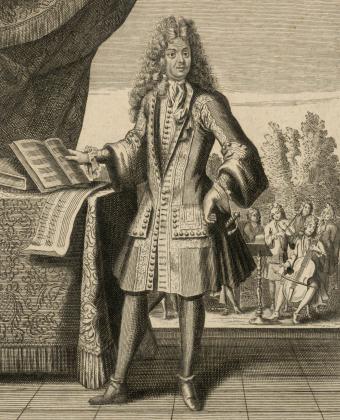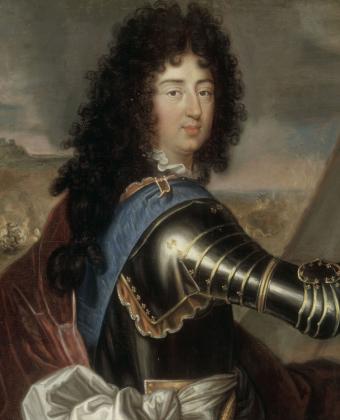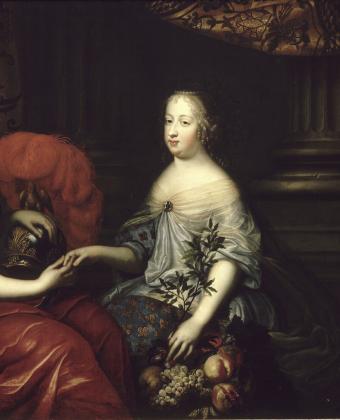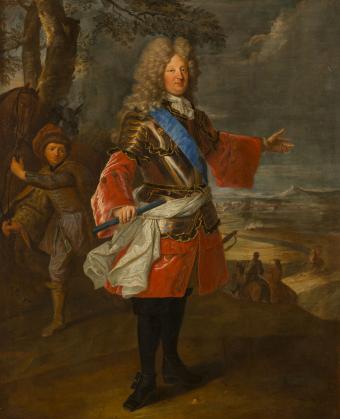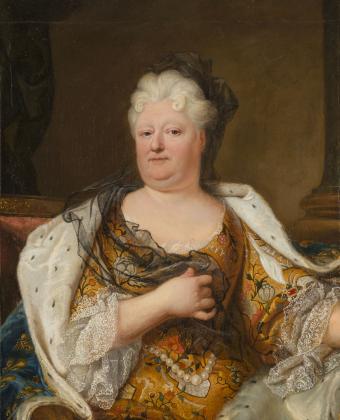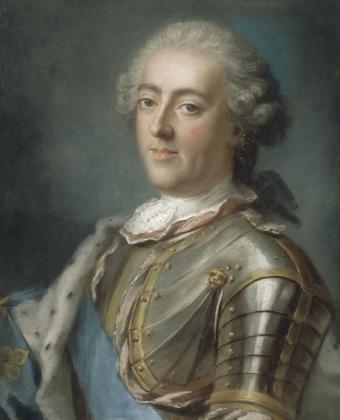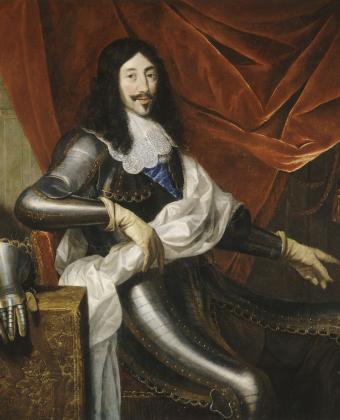Marie Louise d’Orléans, Duchess of Montpensier, was referred to by the title “Grande Mademoiselle” on account of her father, Gaston de France, the brother of King Louis XIII, otherwise known as “Grand Monsieur”. Seeking to enhance her own power, she made overtures to the young Louis XIV, eleven years her junior, but her plans ran up against the firm opposition of Cardinal Mazarin.
During the Fronde, a period of rebellion which began in 1648, she sided with her father against the monarchy and the creeping centralisation of power overseen by Mazarin. On 2 July 1652 she even ordered her troops stationed at the Bastille fortress to open fire on the king’s soldiers. Thanks to this intervention the Prince of Condé, whom she hoped to marry, was saved. But her actions also incurred the wrath of the young king, and La Grande Mademoiselle was consigned to a long period of exile on her estate at Saint-Fargeau, in the Yonne region.
Recalled to court in 1657, she began work on her Memoirs, still considered a precious source by historians. In 1660 she once again moved away from the court, buying the Château d’Eu in Normandy and investing much time and money in its decoration. A number of the paintings she commissioned reflect her refined taste in art.
It was she who first introduced Jean Baptiste Lully to the royal court. She had originally recruited the young Florentine, who would go on to be Master of the King’s Music, to teach her Italian in 1646.
In 1664, she moved back to the court permanently.
In the 1680s, after the failure of another potential marital project involving the Duke of Lauzun, she turned instead to God. She died in 1693 and was buried in the Basilica of Saint-Denis, the final resting place of the kings of France which was thoroughly desecrated during the Revolution.



